As part of our whole school plan to improve T&L we run Effective Learning Teams (ELTs), run by staff – for staff. This half term we have been focusing on the purpose, benefits and techniques of feedback. Each individual completed a learning trials testing out each of the techniques identified as good practice.
My favourite- carousel feedback
After lots of prep work and taught lessons, my Y10 group were given an task to complete a presentation or leaflet about lifestyle factors that can affect your performance. This prior learning and ‘completed’ work was brought to the lesson.
The tables were set out in long lines of 4 and students were asked to place their work down and sit in one of the other lines at somebody else’s work. Also on the desk was a feedback critique sheet.
The students then followed a staged critiquing process, building depth at each stage.
The first section of the sheet started simply by asking was the success criterias of how the document was set out and the minimum requirement of 4 lifestyle factors met.
Once this had been completed the students moved along to the next piece of work and completed the next part of the critique.
The final part of the critique focused on the quality of what was written within the work and judged against the solo criteria for that specific learning verb. Each lifestyle factor was given its own grading depending on the level of description. I fund at this point that students also pointed out things that other students had missed during their critiquing time on that specific piece of work.
At this point the students had seen 4 pieces of work other than their own. This in itself created ideas for how to develop their own piece as well allowing them to understand how their own work had been critiqued by their peers.
At this point in the lesson. Students returned to their own piece of work. They were given 5 minutes reflection time to digest the feedback given and to write their own plan for improvement.
The student then used this feedback to immediately go back to their work and make the suggested improvements, following their own plan of action.
Using carousel feedback, either in teams or as individuals is a great way for students to see the work of others, compare themselves and their work (who wouldn’t!?), generate new ideas, find out how to improve…and all this before the teacher marks it!!!
Most importantly the students were engaged and enjoyed the process – finding it less intrusive or embarrassing (as some had described gallery and in depth critique). They liked the way it got progressively harder, and suggested they would have found it difficult without the feedback writing frame and examples on it.
Give it a go!!!!
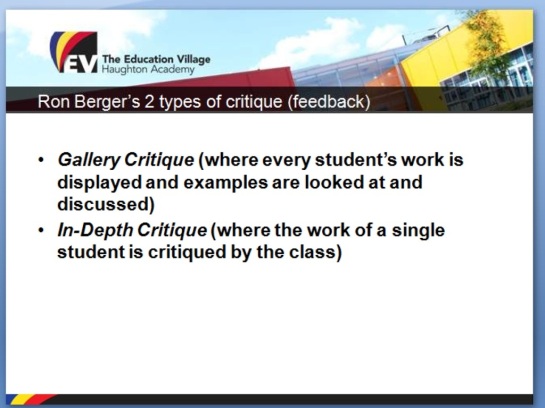
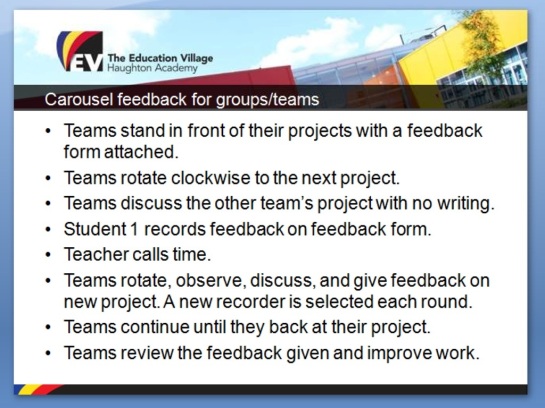

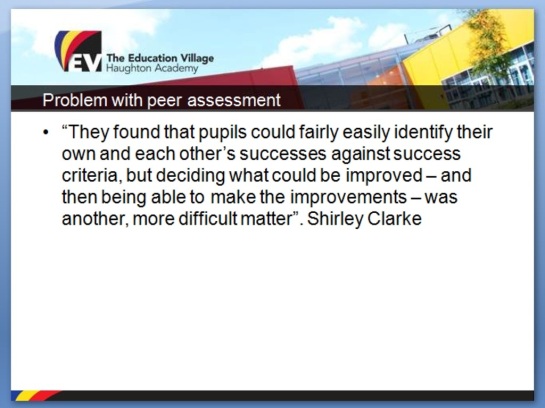

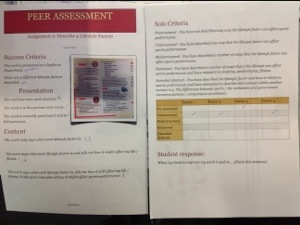

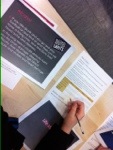

how are you Rach? I like re fact that although you are pushing students,the less vocal ones can still contribute without fear of making mistakes or negative feedback.
I’m great thanks. The students got a lot from it. We use it quite regularly now, and each time the quality of feedback to each other gets better and better. I will be redundant soon! How’s things at Rossett? It ways sounds really exciting on twitter!